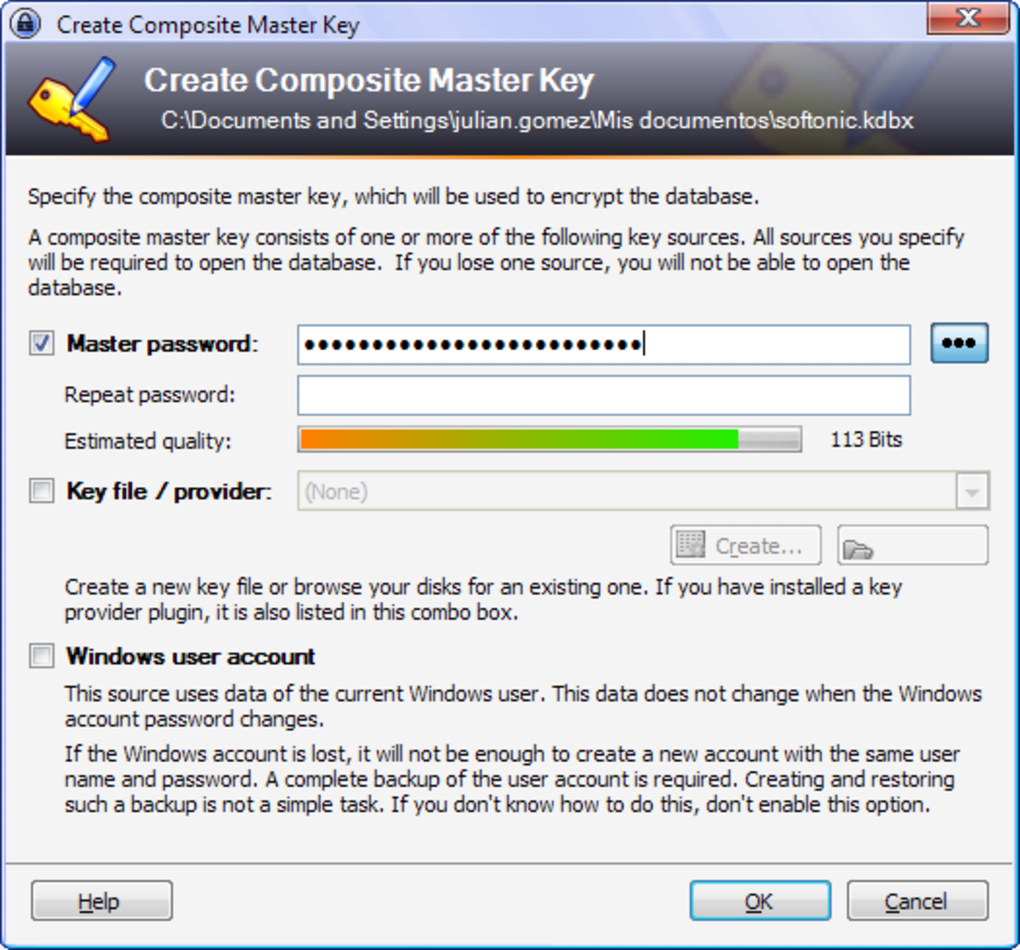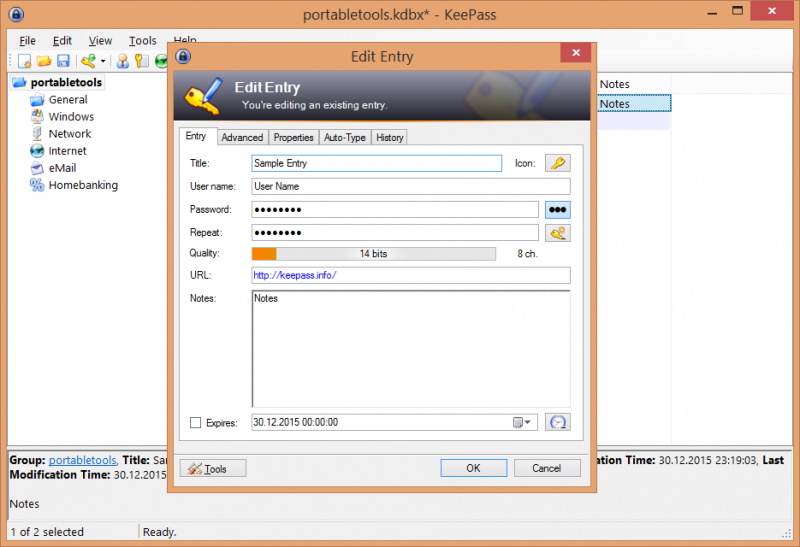

If you want to make sure that you can benefit from the full speed of your external drive, you will need to check the specifications to see which type of USB port it has. Luckily, USB 3.2 is backwards compatible so even if you don't have the latest and greatest device to connect to, you will still be able to transfer your files, albeit at a slower pace.

Having an NVMe SSD won't affect compatibility, durability or anything else. We won't get bogged down in how it works or why it's faster, all you really need to know is that it's fast.

You may see portable SSDs described as having NVMe storage, this is currently one of the fastest types of SSD available. The good news is that SSDs up to 1TB in capacity are more affordable than ever before, so if you don't need mountains of storage, SSD is definitely the way to go. They're way faster, smaller, more robust and use less power to operate, which is handy on the go. In an ideal world, we'd be using SSDs for everything. Whereas you can find HDDs up to around 5TB for less than £100/$100. If you need very high capacity storage, like above 2TB, then SSDs become extremely cost-prohibitive. In short, SSDs are better than HDDs in every way except one - and that's the price. If you want to get into the details, we have a full guide on this topic that can be found here.


 0 kommentar(er)
0 kommentar(er)
